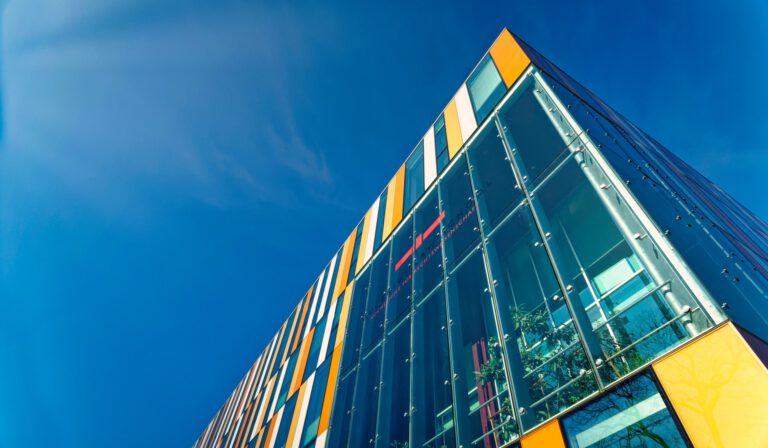One of the top universities in the world, Yale has a long history, having been founded in 1701. With a local and international presence, the university, located in New Haven, is known for partnering and interacting with institutions across the world, with the aim of promoting cultural and academic understanding and also improving socio-cultural situations.
The Yale art program is one of the most renowned in the world, with an acceptance rate of only 65 students out of 1500. If you’re planning to pursue an art program at Yale, here’s a breakdown of what is on offer!
The Yale Arts Program
A graduate school, The Yale School of Arts offers master’s degrees in fine arts, with a range of specializations including photography, sculpting, printmaking and painting, and photography. With a focus on exploring the student’s own potential and a faculty comprising professional artists, the program is one of the highest rated in the world.
Students in the Yale Arts program are encouraged to do studio activity—one of the key teaching methods employed by the institute. Students can pick from undergraduate art major degrees at Yale College, and the school also accepts applications from students who have completed courses at the Graduate School of Arts and Sciences, as well as other professional schools of Yale University. Students of the School of Art can choose elective courses in other professional schools and the graduate school, with prior permission.
Master of Fine Arts
The Master of Fine Arts degree is the only one offered by the School of Art, conferred by the University on faculty-recommended students who complete the assigned coursework and thesis.
This residential course requires a minimum commitment of two years, with faculty reviewing each student’s work at the end of the term. Students not meeting the bar may not be allowed to complete the program.
Courses in this degree carry 60 credits, minimum, and vary as per the chosen area of study (picked at the time of registration and with guidance from the faculty adviser assigned to the student).
The departments in the school also organize exhibitions and public lectures, with external professionals invited to lecture or critique students’ work. The school also has a public all-school lecture program to encourage cross-disciplinary interaction.


